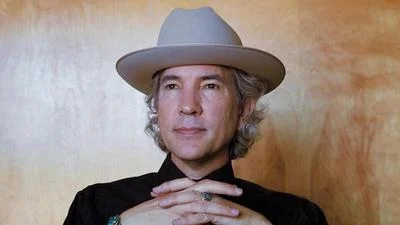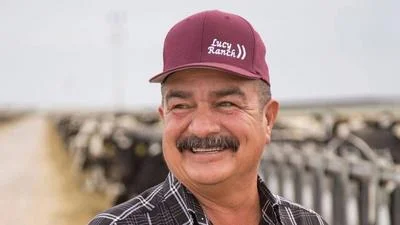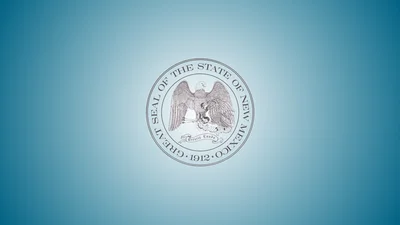The New Mexico History Museum announced that the National Museum of the American Indian will present top Native American films in Santa Fe. Free screenings will be held at the museum's auditorium from Aug. 15 to Aug. 18, 2024.
According to a press release by the Smithsonian Institution, the Smithsonian’s National Museum of the American Indian will host its 24th annual Native Cinema Showcase in Santa Fe, New Mexico. This year’s event will feature 38 films from 34 Native nations, spanning eight countries. The showcase will kick off with a panel discussion including Indigenous film luminaries Graham Greene, Tantoo Cardinal, Gary Farmer, and Wes Studi, moderated by Sierra Teller Ornelas. Additionally, the showcase will host music video screenings and a performance by DJ Shub. All events are free and open to the public.
Highlights of the showcase include a variety of film genres, such as documentaries and shorts in Indigenous languages. The program is supported by the San Manuel Band of Mission Indians and the Smithsonian initiative Our Shared Future: Reckoning with Our Racial Past. Notable screenings include "The Electric Indian," a film about Ojibwe hockey legend Henry Boucha, and "Singing Back the Buffalo," which explores the rematriation of buffalo to North America.
The National Museum of the American Indian (NMAI), part of the Smithsonian Institution, manages a significant collection of Native artifacts from the Arctic to Tierra del Fuego. The NMAI operates three facilities: the museum on the National Mall in Washington, D.C.; the George Gustav Heye Center in New York City; and the Cultural Resources Center in Suitland, Maryland. It also engages in outreach through websites, traveling exhibitions, and community programs. Established by legislation in 1989, NMAI focuses on presenting Native perspectives and serving as a resource for Native communities and the public.








